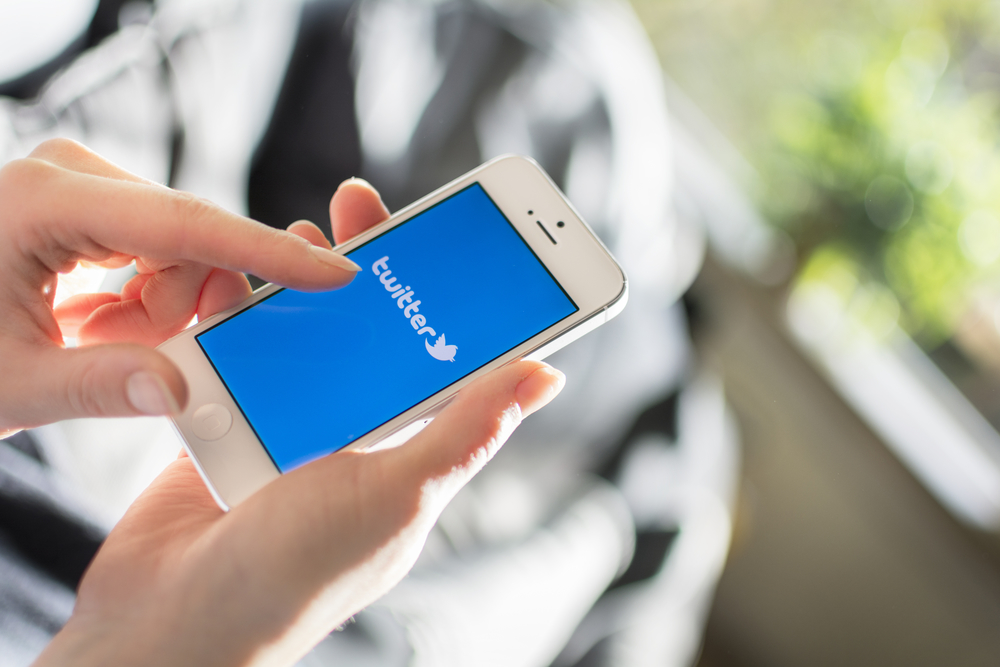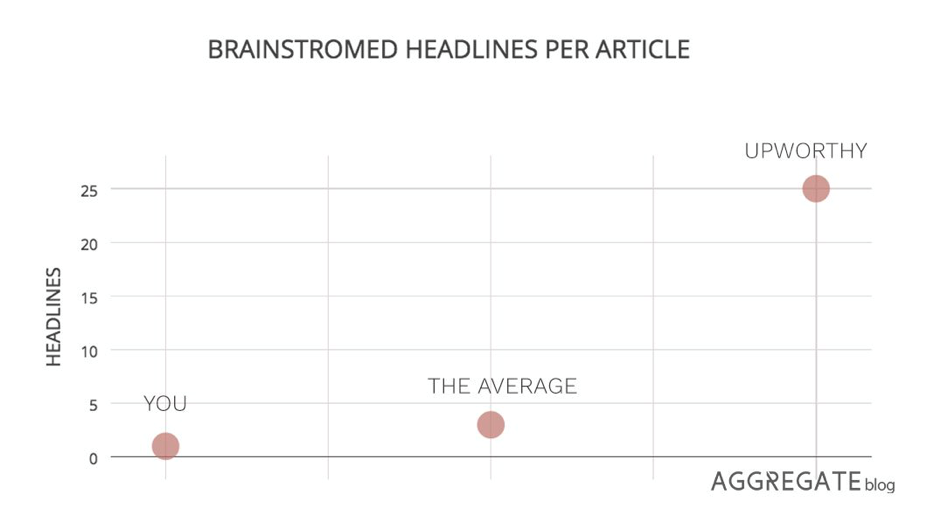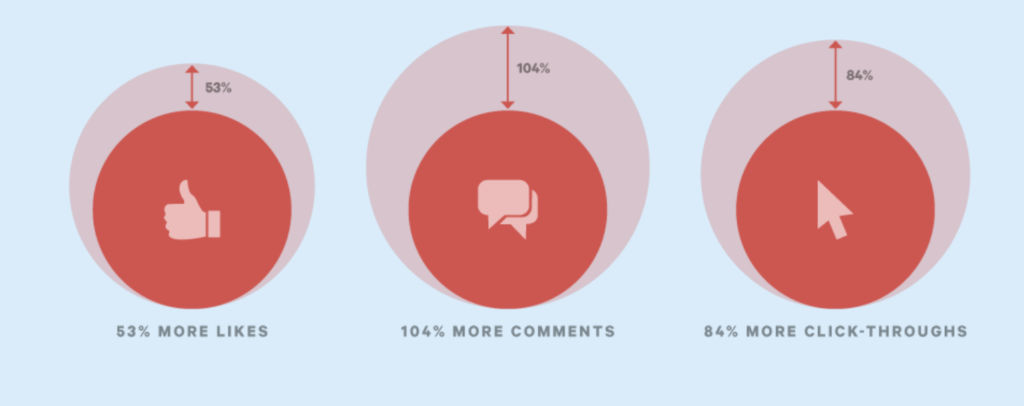With the barrage of social media services currently on the market, Twitter stands as something substantially different from everything else. By allowing users to send out limited, text message-like content, it makes it easy for followers to scan and read posts quickly. It has turned into a method for news outlets to quickly push information prior to writing longer posts. Plus, with the inclusion of tags, a single tweet can connect to other users or subjects. Marketers user Twitter to help spread the word of newly crafted articles, videos, and other essential publications. However, the difference here is the Twitter headline needs to bring attention to the provided content link, so the tweet itself isn’t the story. It’s the attention grabber. For marketers, business owners and others looking to increase visibility and exposure for their tweets, here is the science of writing great Twitter headlines.
Build Authority
Before diving into the specifics and research-backed numbers, it is important to understand the need to establish a Twitter account as an authority. The fact of the matter is, people are more likely to respond and interact with a Twitter post when it comes from an account their like and respect. A post from CNET will receive most reactions and interacts from other Twitter accounts than a random blog, even if the posts are exactly the same. That comes both from branding and from establishing a trustworthy Twitter account. So, while following the information on writing a great Twitter headline, it is also important to focus on building a respected Twitter account.
As Kissmetrics points out, there are a handful of ways any Twitter account can build its reputation. For starters, it needs to share quality content on a consistent basis. It’s also necessary to reply to tweets and re-tweet excellent content. From there, building up the brand is important. From creating an easy to recognize logo to building up the quality of brand itself (which goes far beyond Twitter), this is one of the most important ways a Twitter handle will gain influence and, along with it, gain additional interactions with tweets.
The Importance of a Title
The title posted to Twitter is potentially more important than the content within the blog post or other marketing material. This is according to Copyblogger. In research conducted by the company, eight out of 10 people will read a Twitter headline when they come across it on their feed. However, at best, only two out of every 10 will move forward and ready the actual content. With the kind of visibility, a title receives, it needs to have drawn and attracted the 80 percent of Twitter users who see the title, to begin with.
Consider Adding a Number
Titles with numbers do very well. These posts also grab a considerable amount of attention over other title types. According to Aggregate (2017), 36 percent of Twitter users prefer a number based headline (especially when the headline begins with a number). The next best headline preference includes “You” in the title, but only has 21 percent of Twitter users interested. No other headline preference sits at above 20 percent.
(Source)
With this information in mind, it is possible to utilize several of the recommended headline preferences together. By combining both a number at the beginning of a Twitter post and formatting it in the second person, the headline will appeal to 57 percent of active users. One example might be 17 Ways You Can Cook with Spinach.
The Words Used Matter
A Twitter headline only has so much space. While Twitter did recently push the character limit to 280, a title itself should not reach this amount (more on this later). The words used within a title need to be specific, with each well thought out. The words used within a title matter. While starting a Twitter headline with a number and including “You” in the title helps increase the attractiveness to readers, there are specific words that, when sprinkled in, will help boost the attention given to a post.
Aggregate (2017) recently analyzed nearly 24,000 Tweets sent out by 145 different Twitter profiles. The word most commonly found within the top 5 percent of tweets (tweets receiving the most re-tweets, likes and comments) is “How.” How out produces the next viable word (Learn) by nearly four times.
Several numbers also appeared within the top five percent of tweets, including the numbers 5, 10, 7 and 3. However, this may be because Twitter users are more likely to write content on “Top 10” or “Top 3” of anything, instead of a random number. So, if you have a random number (like “43 Ways to Improve Your Blog”) that’s fine. Just note that the most used numbers are 3, 5, 7 and 10.
The same research conducted by Aggregate also looks at words you should avoid using within the Twitter headline. These were all words that fell into the lowest 25 percent of engaged tweets. These words include get, do, see, 6 and 4. With only so much space to utilize, the words used in every single post are very important, which is why focusing on performance driven words is essential in creating great Twitter headlines.
(Source)
Pick the Right Number
As previously indicated, placing a number at the front of a Twitter headline increases the interest level paid to the post. However, not all numbers are created equal. In fact, according to Outbrain and Aggregate (2017), odd numbers perform 20 percent better (on average) than even numbers. Outbrain indicates that odd numbers perform better because even numbers are more common. So, a “Top 11” post stands out from all the other “Top 10” posts and will instantly increase the click-ability of a post.
The Best Twitter Headline Length
Twitter does allow for a total of 280 characters per post. However, this length should only be maximized when posting important news information or sending out updates. Updates are designed to provide instant information and are not necessarily used for the greatest response (these posts are used to educate the current followers and not necessarily attract new ones). When posting a blog or other marketing material to Twitter, a short, snappy headline is better than a summary of the blog. That is why finding the perfect length for a Twitter headline is a must.
According to Outbrain (originally published 2013, updated in 2017), the very best Twitter headlines run between 60 and 100 characters. However, it is best to stick towards the lower end of the spectrum than the higher end. The same research focused on the top 20 shared articles by companies including Forbes, Inc., Entrepreneur and Fast Company. The clear majority of these posts fell between a 60 and 80 count, with just one article pushing past 80 (and far more dropping under 60). In terms of sheer performance, aiming for 60 characters is the best way to go as it keeps the post short and sweet.
(Source)
The headline in Twitter can, and often should be slightly different from the actual article headline. Article title length will vary depending on the social platform it is shared on, so what works on Twitter may not work as well on Facebook or LinkedIn. That is why creating a separate headline for every social media and the shared-to platform is a must. The 60-character aim is just what works best for Twitter.
Timing Is Important
Creating a great Twitter headline isn’t completely dependent on the title itself. When the content hits the Twitter-verse also plays a big role in its success. According to Kissmetrics, there are two desirable times to tweet. The first sits at around 5 PM. This is when the highest level of retweets occurs. In fact, the 5 PM hour sees a 6 percent increase in retweets than any other time throughout the day. The worst time to tweet, when seeking a retweet, is around 6 AM.
At the same time, if an account is looking for a higher click-through rate, the best time to tweet is around noon and 6 PM. With all of this said, it is important to understand every Twitter account is different as the follower demographics are also different as well. Due to this, it does take some experimenting for when to tweet. For the most part though, aiming at these different times throughout the day can (and should) help improve the reach of a Twitter headline post.
In addition to the time of day, the same Kissmetrics data suggests the day of the week also has an impact on a post’s visibility. Tweets posted during the middle of the week see more traffic and receive more interactions than those posted during the weekends. While it is important to stay active on Twitter (and other social media accounts) every single day, A marketer should hold off on their more valuable article posts until Tuesday through Thursday (with Wednesday at 5 PM standing as the most optimal time to share anything on Twitter).
User Multiple Titles
Most people who write a blog put out a single title. Whether it’s the first thing they came up with or they settled on the title, the context goes out throughout the Internet with a single title. When it comes to posting on Twitter, that should not be the case. In fact, many of the top-performing Twitter accounts take advantage of a handful (if not more) Twitter headlines. This helps attract different viewers, not to mention it makes it possible to keep posts fresh when tweeting out content at different times of the day. According to NewsWhip, Upworthy creates a total of 25 different titles for every single article it creates. By creating more titles, it helps a single article receive more retweets, likes, and comments. As most companies do have varying demographics, a single tweet doesn’t need to connect with just a single demographic (or try to group all demographics into a single tweet). Instead, every title can be directed towards a specific demographic. Plus, as there are different valuable time frames for tweets to go out, the utilization of varying titles can be used during each of these time frames.
Upworthy doesn’t go and publish every single one of the 25 titles though. It brainstorms 25 titles and then, from there, decides on a handful to use. When first starting off, a company may want to test out the different titles to see which receive the most traffic, which demographics interact with the individual titles and what time frames work the best. From there it becomes easier to focus on just a few different titles in the future and use the content for publishing.
(Source)
Clear Call to Action
When posting a headline on Twitter, the main purpose is to bring the social media audience into the blog. Despite all of this, most tweets do not come with a call to action. Some who view the headline might just see it as a regular tweet (or a tweet with an image attached to it). It is important to make this as clear as possible with the aid of a call to action.
According to data published by Twitter, asking for a download within the headline will increase downloads by 13 percent. When asking for a retweet within the headline, the tweet will see a retweet increase by 311 percent. Providing a clear-cut CTA is vital for all marketing approaches, and this includes Twitter. Telling a viewer exactly what is desired makes it easy to understand and, as the numbest suggest, plays a valuable role in increasing tweets, click-throughs and website visits.
Include a Photograph
If the headline directs back to a blog post, it’s important to include a picture. Even if the blog itself doesn’t include a photograph, uploading and using one within the Twitter headline instantly makes it stand out and grab the attention of anyone scrolling through their Twitter feed. According to Kissmetrics, posts with images included receive 53 percent more likes, 104 percent more comments, and 84 percent more click-throughs. While the Twitter post should hover around the 60-character mark, a picture can (and will) more than makeup for additional words and characters. The old saying of “a picture is worth a thousand words” stands true here.
(Source)
In Conclusion
Posting material to Twitter should stand as just one pillar of the foundation of a marketing department. Twitter helps connect to a certain demographic, not to mention increase the breadth of which a company can connect with. In order to make sure a Twitter headline generates not only the most attention but the most shares, likes, retweets and click-throughs, it is necessary to follow these given steps and instructions. While each account should experiment with times, word placements and subjects, this information provides a solid base to build off of. From there, it becomes easier for an account to grow, test and expand to new followers.
Tell Us –
What strategy above is the most important in increasing your conversions on Twitter?








